
Bird's Nest Fern
$18
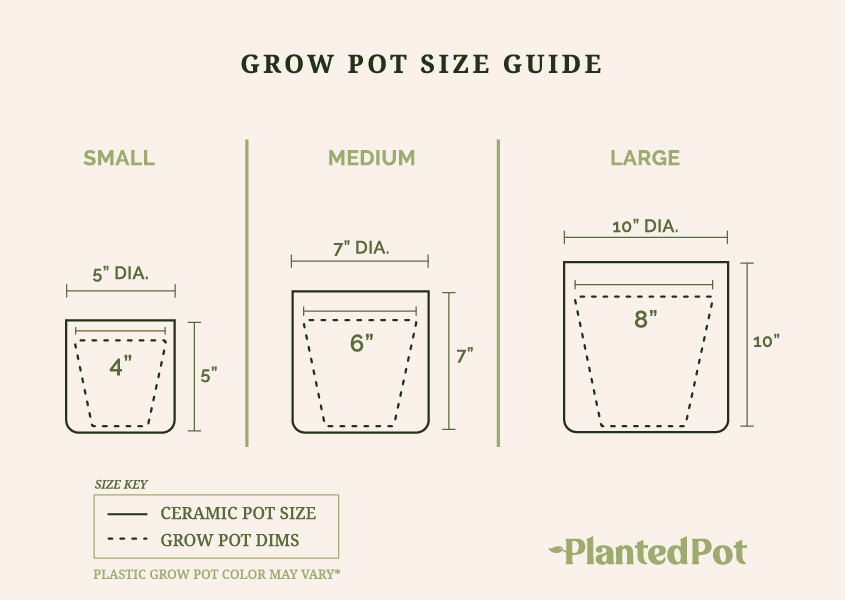 Plastic grow pots come in different colors, you may receive a black or rust colored pot.
Plastic grow pots come in different colors, you may receive a black or rust colored pot.
Bird’s Nest Ferns are beautiful, tropical plants that can add a bright splash of color to your home. Caring for these remarkable rainforest plants is so easy and straightforward that anyone can give it a try. Many people place them in the bathroom or kitchen to take advantage of the humid and steamy environments. This plant enjoys indirect sunlight, so consider placing yours in a shady spot. Avoid direct sunlight and keep the soil moist. Try adding one to your living space to find out why they are so popular!
Bright, indirect, or filtered light
Water every 1-2 weeks, allowing soil to dry out half way down between waterings. Expect to water more often in brighter light and less often in lower light. Do not water directly into the center of your fern, but instead, water around it.
70 – 90°F
Related Products
Bird’s Nest Fern
The Bird’s Nest Fern is a vibrant, tropical plant with glossy leaves that could be the perfect centerpiece for your home. This bright-green rainforest fern is easy to maintain (especially with our Birds Nest Fern care guide) and adds a fantastic pop of color to any room. This popular household plant is also non-toxic and completely safe to have within reach of children and pets.
Find out why this beauty is one of our best-selling plants and how it can brighten up any home!
What Is A Bird’s Nest Fern?
The Bird’s Nest Fern (Asplenium nidus) is a plant that is native to tropical areas in Southeast Asia, Australia, Hawaii, and east Africa. This beautiful plant has large, wavy, spoon-shaped leaves (or fronds) that often resemble banana leaves, seaweed, or Snake Plant fronds. The plant grows from a central rosette, sprouting outwards, resembling a bird’s nest.
This species has a few varieties that often differ in leaf shape and size. The most common variety is known as the “Crispy Wave”, which features narrow, wavy leaves. Other varieties include the “Osaka”, which has strap-like leaves with rippled edges, or the “Victoria”, which has long, tongue-shaped fronds.
- Plant Size – These plants typically grow up to about 5 feet tall with equally long fronds. However, when this plant is grown indoors, the fronds are much shorter, around 2-3 feet long.
- Light – Bird’s Nest Ferns thrive under bright, indirect light, similar to their native tropical environments. However, the plant’s resiliency also makes it a great low to medium-light houseplant.
- Soil – Use a well-draining potting mix soil so the moisture and water can filter through the plant. These plants are slow drinkers, and a soil that doesn’t allow water to easily pass through could drown the roots (root rot). A loose soil that is rich in organic matter is great for growing this fern.
- Watering – Water about once every 1-2 weeks. This tropical plant prefers to grow in moist soil, but overwatering can lead to root rot. Allow the soil to dry out about halfway before watering again.
- Temperature & Humidity – Keep the plant in relatively humid and warm conditions, but remember that these ferns are not succulents. The ideal indoor temperature is about 60-80°F, but if you live in a dry area, use a humidifier to create moisture in the air.
- Fertilizer – Feed your fern about once a month during growing seasons (April – September) using a half-strength liquid fertilizer. The plant grows relatively well, so you don’t need to use too much fertilizer.
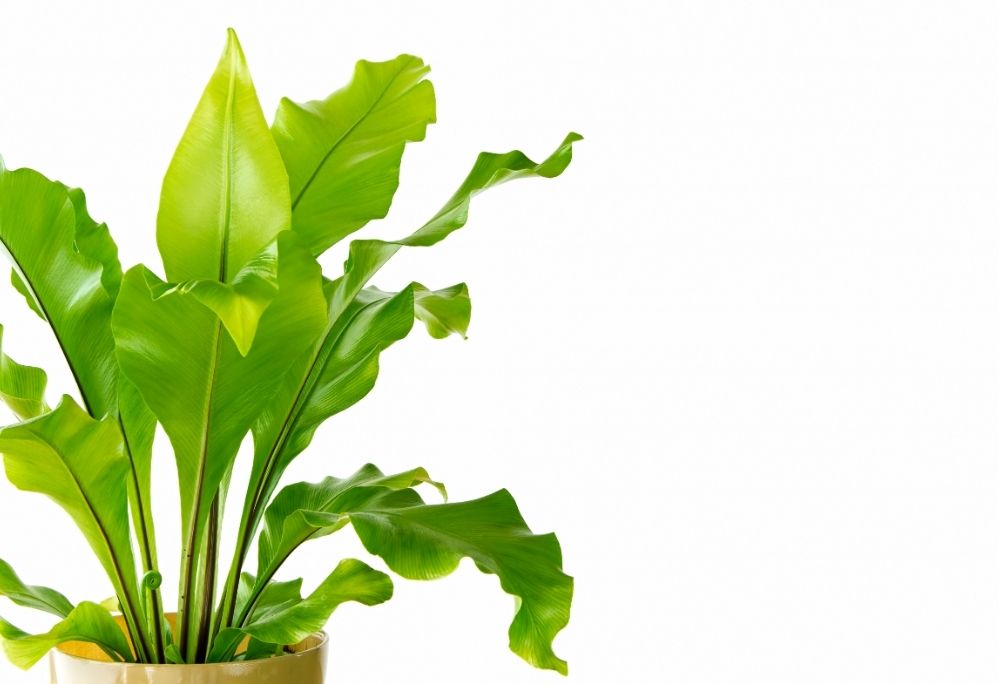
Why Choose a Bird’s Nest Fern Plant For Your Home?
This delightful fern is the perfect size to complement your house. You can place it in corners of the house or make it a living room centerpiece to create a relaxing ambiance. The plant also has vivid greens that can add a beautiful splash of color to any space.
Household plants are also great as natural indoor air purifiers. Plants can absorb toxins and carbon dioxide in the air and produce fresh oxygen for you to breathe. Fewer toxins in the environment may help you focus and function better.
Studies have shown that owning plants can play a significant role in reducing stress and improving productivity. Simply walking in nature or tending to houseplants can drastically improve mood and calm the nerves. Caring for plants can contribute to your overall relaxation, and a peaceful state of mind is ideal for blood pressure and heart rate!
Bird’s Nest Fern Family Relatives
This plant is part of the “bird’s nest fern” group in the Asplenium family. It is most closely related to:
- Crow’s Nest Fern (Asplenium australasicum)
- Japanese Bird’s Nest Fern (Asplenium antiquum)
- Wild Bird’s Nest Fern (Asplenium serratum)
Final Thoughts – Bird’s Nest Fern
Bird’s Nest Ferns are fantastic tropical plants that can be a great addition to your household. They are not particularly hard to care for and go well in any home. Consider one of these stunnning ferns today and watch your house pop with color!
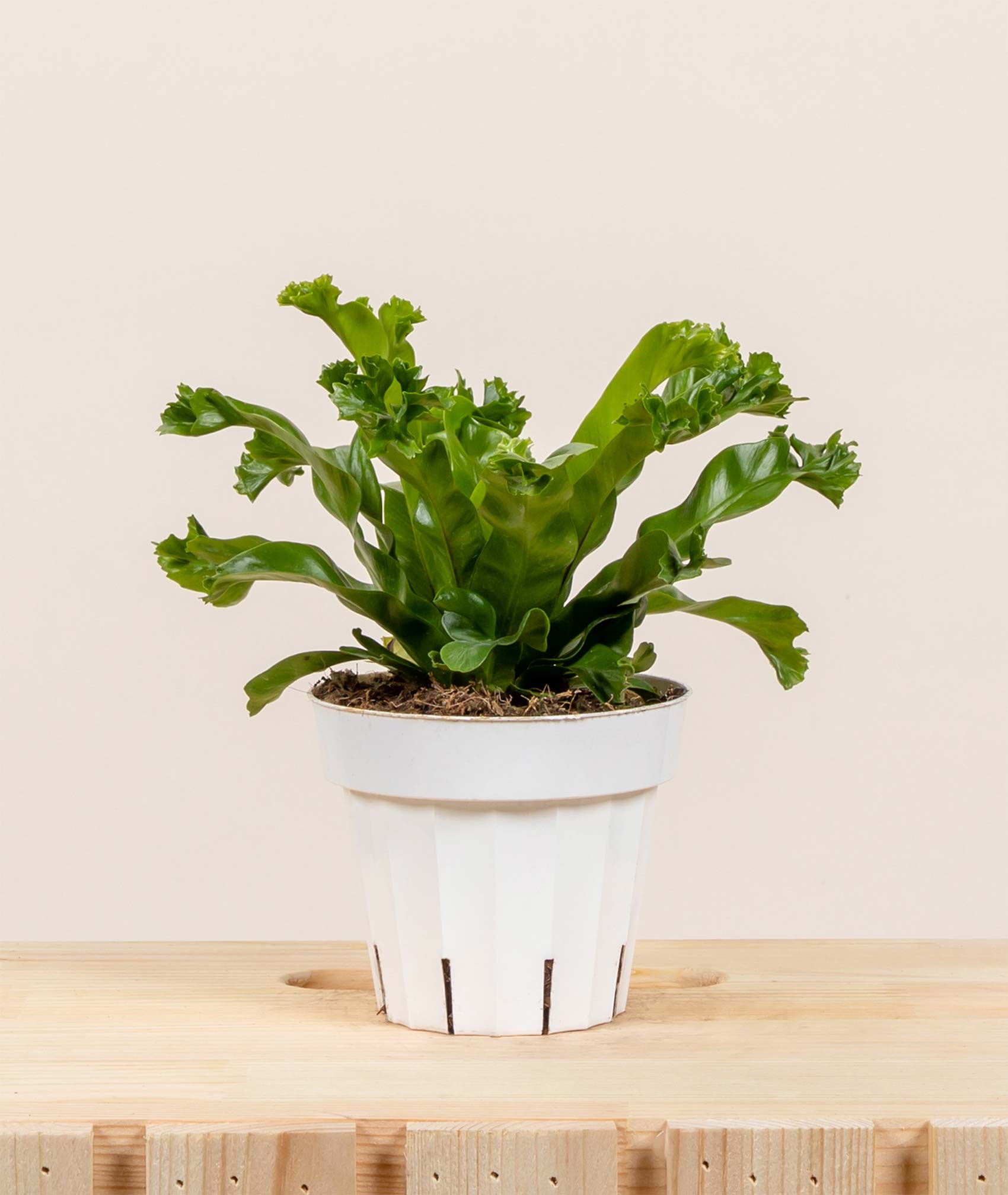
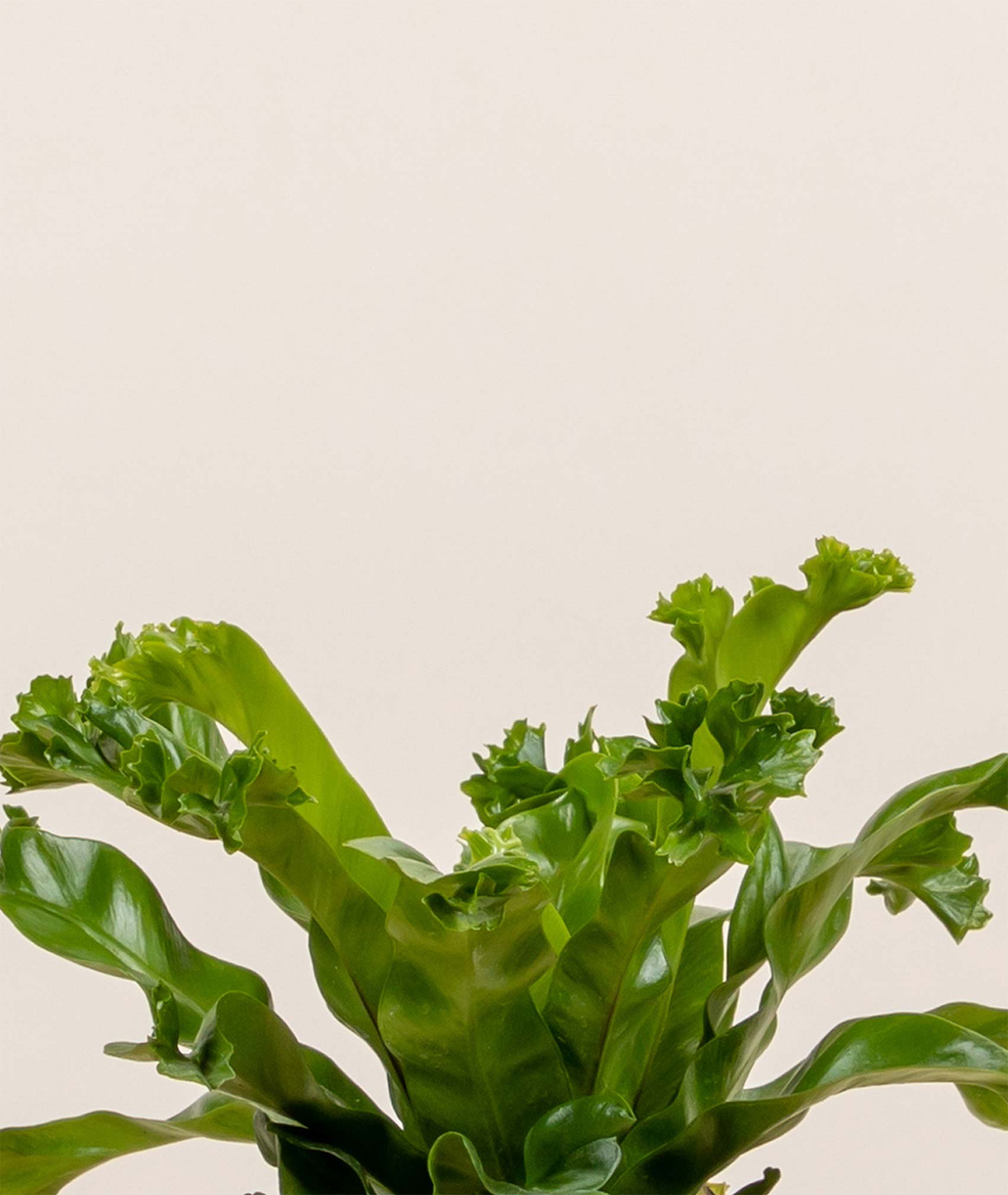


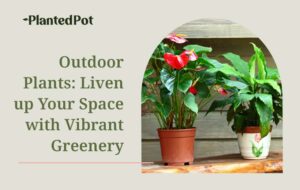
Reviews
There are no reviews yet.